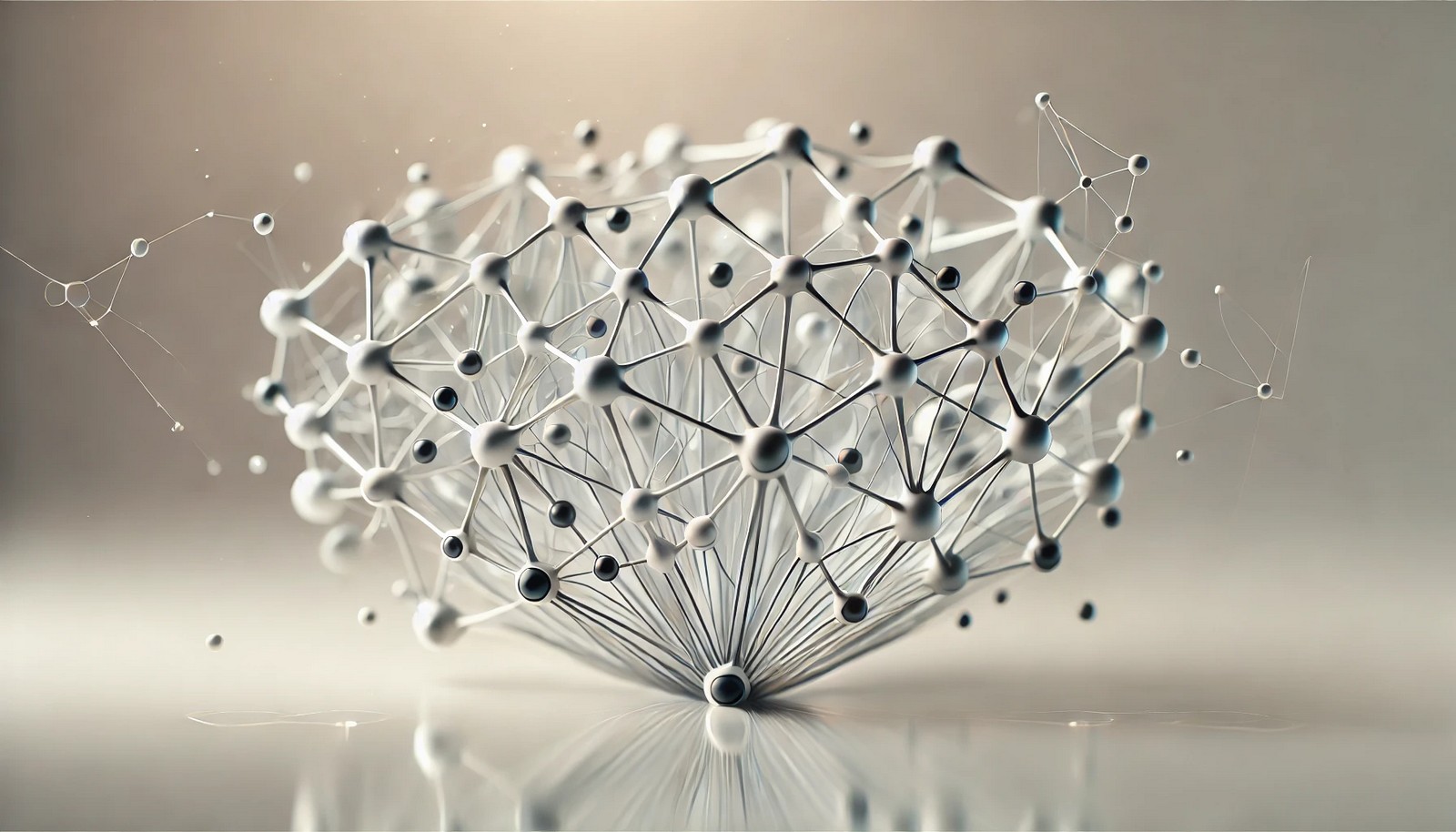Activation Regularization

Quick Navigation:
- Activation Regularization Definition
- Activation Regularization Explained Easy
- Activation Regularization Origin
- Activation Regularization Etymology
- Activation Regularization Usage Trends
- Activation Regularization Usage
- Activation Regularization Examples in Context
- Activation Regularization FAQ
- Activation Regularization Related Words
Activation Regularization Definition
Activation Regularization is a technique in neural networks that applies penalties to the activations of neurons to improve model generalization. By adding constraints to neuron activations, Activation Regularization minimizes overfitting, ensuring the model performs well on new, unseen data. Key methods include L2 regularization, which penalizes large activations, and dropout, which reduces reliance on any single neuron. This approach is vital in deep learning, where large models risk overfitting to training data.
Activation Regularization Explained Easy
Think of Activation Regularization like making sure a flashlight isn’t too bright or dim. If it's too bright, it might blind us (like a model getting too specific with data); if too dim, it won’t help at all (like a model being too general). Activation Regularization makes sure the "flashlight" shines just right for good predictions.
Activation Regularization Origin
The concept of regularizing activations became popular as neural networks grew in size and complexity, particularly with the rise of deep learning. Researchers realized that limiting neuron activation could improve how well models handled new data, leading to the development of specific techniques for Activation Regularization.
Activation Regularization Etymology
The term comes from "activation," referring to neuron responses in networks, and "regularization," meaning to add constraints or limits.
Activation Regularization Usage Trends
With the increasing scale of AI models, Activation Regularization has become a staple in modern neural networks, helping to balance complexity and accuracy. Its role is especially valued in image recognition, natural language processing, and other areas where large networks risk overfitting due to massive amounts of data.
Activation Regularization Usage
- Formal/Technical Tagging:
- Neural Networks
- Deep Learning
- Regularization - Typical Collocations:
- "activation regularization techniques"
- "apply activation regularization"
- "neuron activation constraints"
- "model overfitting regularization"
Activation Regularization Examples in Context
- Activation Regularization helps prevent a neural network from becoming overly sensitive to training data, leading to better generalization.
- Techniques like dropout, a form of Activation Regularization, randomly deactivate neurons during training to prevent over-reliance on specific pathways.
- In deep learning models for image processing, Activation Regularization improves the ability to handle diverse image data without overfitting.
Activation Regularization FAQ
- What is Activation Regularization?
It’s a method for limiting neuron activations in neural networks to improve model performance. - Why is Activation Regularization important?
It prevents models from overfitting, improving generalization to new data. - What techniques are used in Activation Regularization?
Common methods include L2 regularization and dropout. - How does Activation Regularization differ from Weight Regularization?
Activation Regularization targets neuron outputs, while Weight Regularization affects model weights. - Is Activation Regularization only used in neural networks?
Primarily, yes; it is most relevant in deep learning models. - Does Activation Regularization affect model accuracy?
It can reduce overfitting, often improving accuracy on unseen data. - How does dropout act as Activation Regularization?
Dropout deactivates random neurons during training to prevent dependency. - Can Activation Regularization be combined with other regularization methods?
Yes, it’s often used with Weight Regularization for optimal results. - Where is Activation Regularization most useful?
It’s commonly applied in complex neural networks used in image and language processing. - What’s the difference between L1 and L2 in Activation Regularization?
L2 penalizes large activations more smoothly, while L1 applies a stronger penalty, making activations sparser.
Activation Regularization Related Words
- Categories/Topics:
- Neural Networks
- Deep Learning
- Model Optimization
Did you know?
Activation Regularization methods like dropout are key in many of today’s AI applications, including self-driving cars and image processing systems. By ensuring models don't over-rely on specific neuron paths, these methods make AI systems more resilient and adaptive.
PicDictionary.com is an online dictionary in pictures. If you have questions or suggestions, please reach out to us on WhatsApp or Twitter.Authors | Arjun Vishnu | @ArjunAndVishnu

I am Vishnu. I like AI, Linux, Single Board Computers, and Cloud Computing. I create the web & video content, and I also write for popular websites.
My younger brother, Arjun handles image & video editing. Together, we run a YouTube Channel that's focused on reviewing gadgets and explaining technology.



Comments powered by CComment